Ocean Trenches
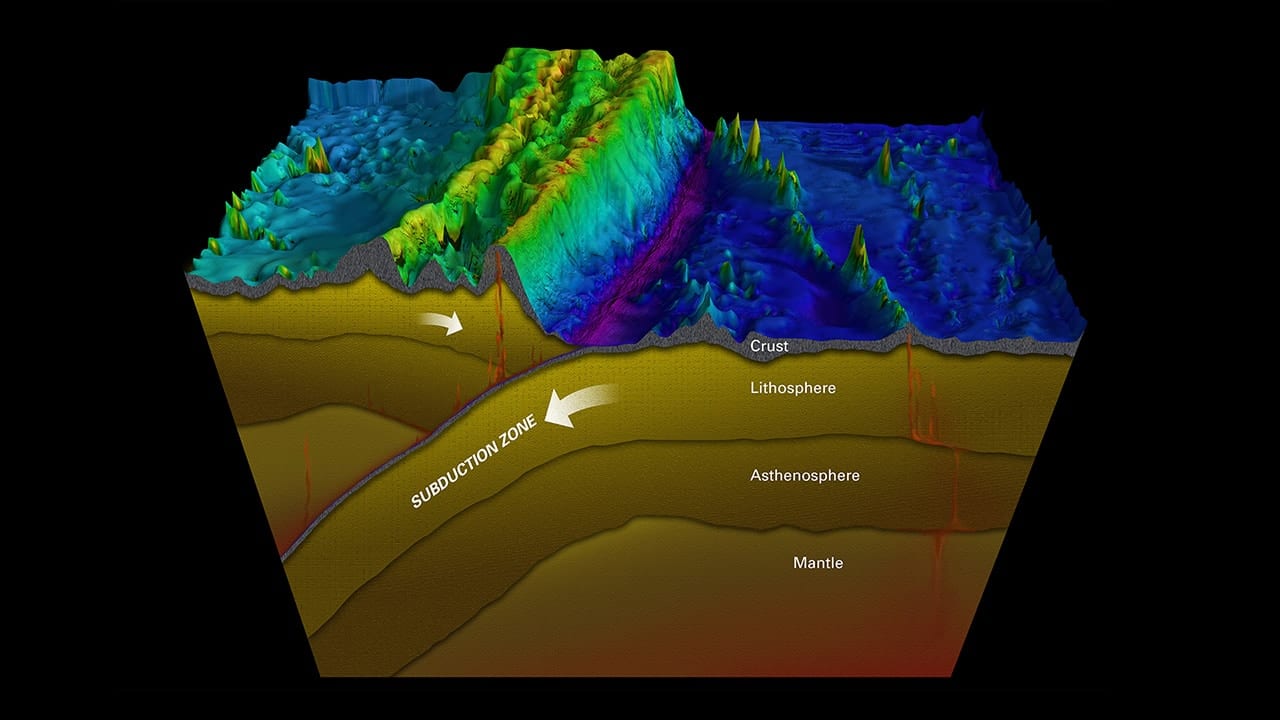
(Creative Studio, Woods Hole Oceanographic Institution)
What are ocean trenches?
Ocean trenches are steep depressions in the deepest parts of the ocean [where old ocean crust from one tectonic plate is pushed beneath another plate, raising mountains, causing earthquakes, and forming volcanoes on the seafloor and on land. With depths exceeding 6,000 meters (nearly 20,000 feet), trenches make up the world’s "hadal zone," named for Hades, the Greek god of the underworld, and account for the deepest 45 percent of the global ocean. The deepest parts of a trench, however, represent only about 1 percent or less of its total area. The vast submarine slopes and steep walls of trenches make up much of the hadal zone, where unique habitats extending across a range of depths are home to diverse number of species, many of which are new or still unknown to science.
How are trenches formed?
Trenches are formed by subduction, a geophysical process in which two or more of Earth's tectonic plates converge and the older, denser plate is pushed beneath the lighter plate and deep into the mantle, causing the seafloor and outermost crust (the lithosphere) to bend and form a steep, V-shaped depression. This process makes trenches dynamic geological features—they account for a significant part of Earth’s seismic activity—and are frequently the site of large earthquakes, including some of the largest earthquakes on record. Subduction also generates an upwelling of molten crust that forms mountain ridges and volcanic islands parallel to the trench. Examples of these volcanic "arcs" can be seen in the Japanese Archipelago, the Aleutian Islands, and many other locations around this area called the Pacific "Ring of Fire."
Where are trenches located?
Trenches are long, narrow and very deep and, while most are in the Pacific Ocean, can be found around the world. The deepest trench in the world, the Mariana Trench located near the Mariana Islands, is 1,580 miles long and averages just 43 miles wide. It is home to the Challenger Deep, which, at 10,911 meters (35,797 feet), is the deepest part of the ocean. The Tonga, Kuril-Kamatcha, Philippine, and Kermadec Trenches all contain depths greater than 10,000 meters (33,000 feet).
What is it like in a trench?
The great depth of ocean trenches creates an environment with water pressures more than 1,000 times greater than the surface, constant temperatures just above freezing, and no light to sustain photosynthesis. While this may not seem like conditions suitable to life, the combination of extremely high pressure, the gradual accumulation of food along trench axes, and the geographical isolation of hadal systems are believed to have created habitats with an extraordinarily high abundance of a few highly specialized organisms.
How does life survive there?
Many of the organisms living in trenches have evolved surprising ways to survive in these unique environments. Recent discoveries in the hadal zone have revealed organisms with proteins and biomolecules suited to resisting the crushing hydrostatic pressure and others able to harness energy from the chemicals that leak out of hydrocarbon seeps and mud volcanoes on the seafloor. Other hadal species thrive on the organic material that that drifts down from the sea surface and is funneled to the axis of the V-shaped trenches.
What do we know about trenches?
Because of their extreme depth, trenches present unique logistical and engineering challenges for the researchers who want to study them. Trench exploration to date has been extremely limited (only three humans have ever visited the seafloor below 6,000 meters) and much of what is known about trenches and the things that live there has been derived from two sampling campaigns in the 1950s (the Danish Galathea and the Soviet Vitjaz Expeditions) and from a handful of photographic expeditions and seafloor samples taken remotely from the deep with little knowledge of their precise location. Despite their scarcity, these initial attempts at studying trenches have hinted at the existence of previously unknown processes, species, and ecosystems.
Why are ocean trenches important?
Knowledge of ocean trenches is limited because of their depth and their remoteness, but scientists do know they play a significant role in our lives on land.
What can ocean trenches tell us about earthquakes?
Much of the world’s seismic activity, for example, takes place in subduction zones, which can have devastating impacts on coastal communities and even the global economy. Seafloor earthquakes generated in subduction zones were responsible for the 2004 Indian Ocean tsunami and for the 2011 Tohoku Earthquake and tsunami in Japan. By studying ocean trenches, scientists can better understand the physical process of subduction and the causes of these devastating natural disasters.
What can ocean trenches tell us about human health?
The study of trenches also gives researchers insight into the novel and diverse adaptations of deep-sea organisms to their surroundings that may hold the key to biological and biomedical advances. Studying the way that hadal organisms have adapted to life in their harsh surroundings could help advance understanding in many different areas of research, from diabetes treatments to improved laundry detergents. Researchers have already discovered microbes inhabiting deep-sea hydrothermal vents that hold potential as new sources of antibiotics and anti-cancer drugs. These same adaptations may also hold a key to understanding the origins of ocean life, as scientists examine the genetics of these organisms to piece together the history of how life spread between isolated hadal ecosystems and eventually throughout the world’s oceans.
What can ocean trenches tell us about Earth's climate?
Recent research has also revealed unexpectedly large amounts of carbon matter accumulating in trenches, which may suggest that these regions play a significant role in Earth’s climate. This carbon is either sequestered in Earth’s mantle through subduction or consumed by trench bacteria. The discovery presents opportunities for further research on the role of trenches both as a source (through volcanism and other processes) and a sink in the planetary carbon cycle that could influence the way scientists eventually come to understand and predict the impacts of human-generated greenhouse gases and global climate change.
What's next for trench exploration and discovery?
The development of new deep-sea technology, from submersibles to cameras to sensors and samplers, will provide greater opportunity for scientists to systematically investigate trench ecosystems over extended periods of time. This will eventually give us a better understanding of earthquakes and geophysical processes, revise how scientists understand the global carbon cycle, provide avenues for biomedical research, and potentially contribute new insights into the evolution of life on earth. These same technological advances will also create new capabilities for scientists to study the entire ocean, from remote coastlines to the ice-covered Arctic Ocean.
Trenches are long, narrow depressions on the seafloor that form at the boundary of tectonic plates where one plate is pushed, or subducts, beneath another. The deepest parts of the ocean are found in trenches—at more than 35,000 feet (nearly 11,000 meters), Challenger Deep is a part of the Mariana Trench, where the Pacific Plate is subducting beneath the Philippine Plate.
News & Insights
The Rise of Orpheus
WHOI’s new deep-sea autonomous underwater vehicle moves one step closer to exploring the hadal zone—the deepest region of the ocean—to search for new clues about the limits of life on Earth, and possibly beyond.
News Releases
Deepest sediment core collected in the Atlantic Ocean
Volcanic Arcs Form by Deep Melting of Rock Mixtures
Explorer and Filmmaker James Cameron Gives DEEPSEA CHALLENGER Sub to Woods Hole Oceanographic Institution
WHOI Researchers, Collaborators Receive $1.4 Million to Study Life in Ocean’s Greatest Depths
[ ALL ]
WHOI in the News
What Are The Deepest Spots In Earth’s Oceans?
James Cameron challenges Victor Vescovo’s ‘record breaking’ trip to deepest part of ocean: ‘it’s flat down there, impossible to dive deeper’
Expedition probes ocean trench’s deepest secrets
[ ALL ]
From Oceanus Magazine
7 Places and Things Alvin Can Explore Now
With its new depth rating of 6500 meters (4 miles), WHOI’s human-occupied vehicle (HOV) Alvin is set to take scientists places they’ve never explored in person
Life at Rock Bottom
This digital photo essay brings you the forms, figures, and facts of life more than a mile and half deep
The Rise of Orpheus
WHOI’s new deep-sea autonomous underwater vehicle moves one step closer to exploring the hadal zone—the deepest region of the ocean—to search for new clues about the limits of life on Earth, and possibly beyond.


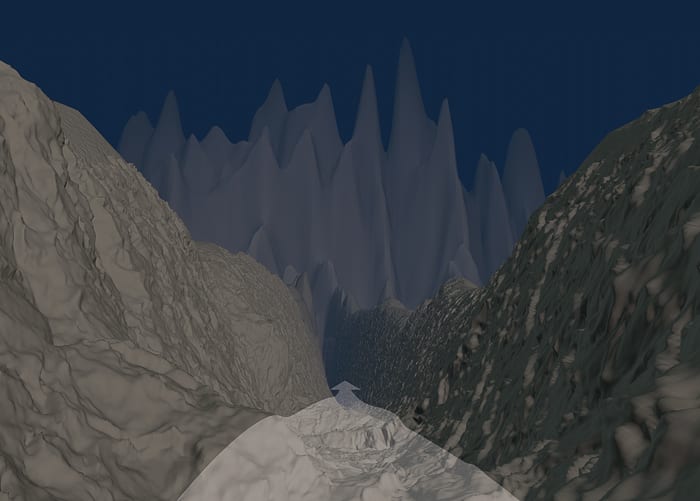
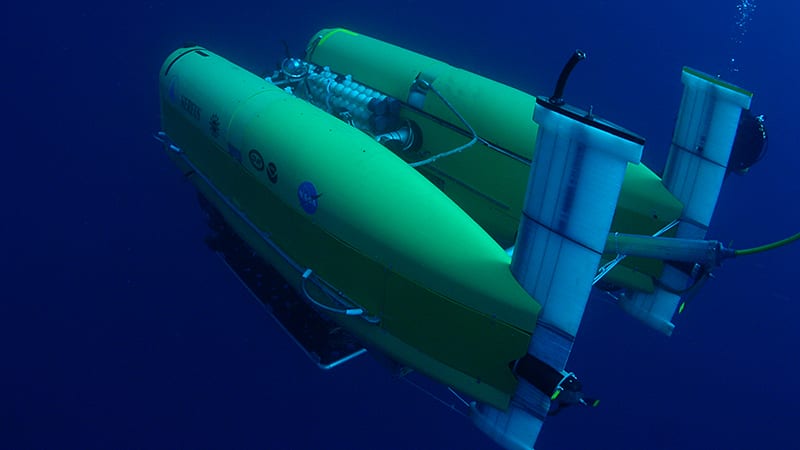
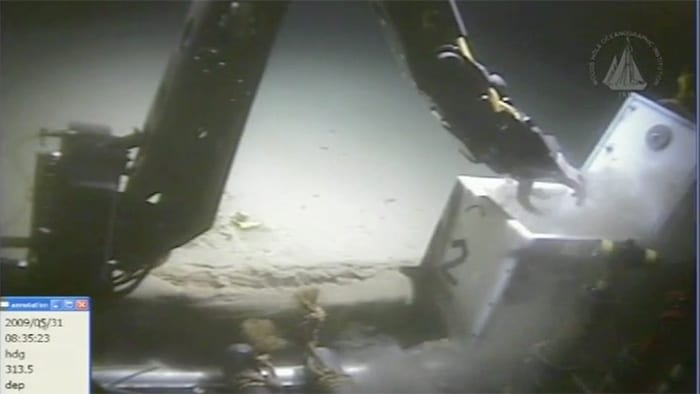
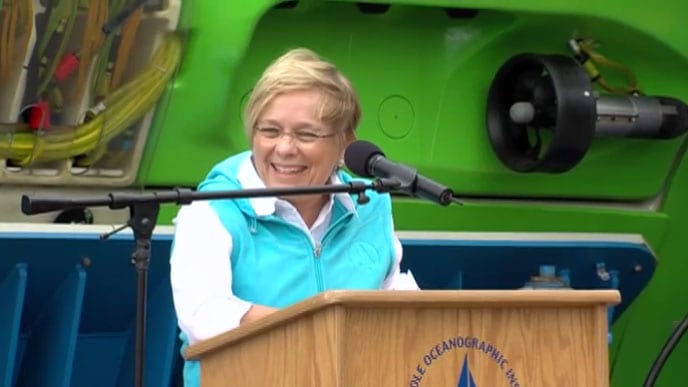
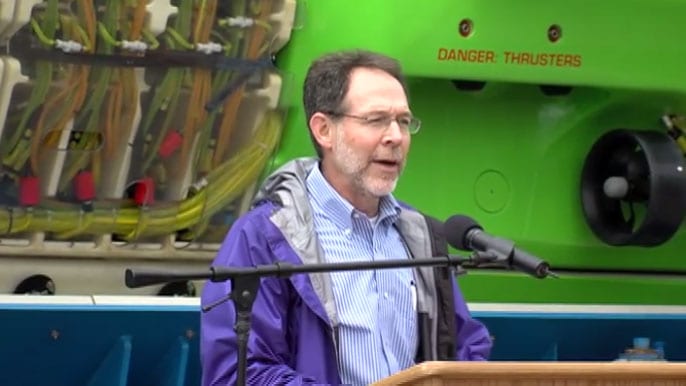


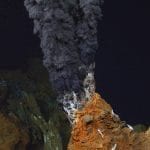 Hydrothermal Vents
Hydrothermal Vents 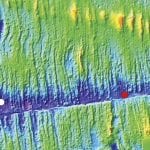 Mid-ocean Ridges
Mid-ocean Ridges  Natural Oil Seeps
Natural Oil Seeps 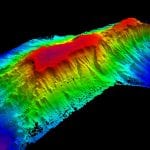 Seamounts
Seamounts  Underwater Volcanoes
Underwater Volcanoes